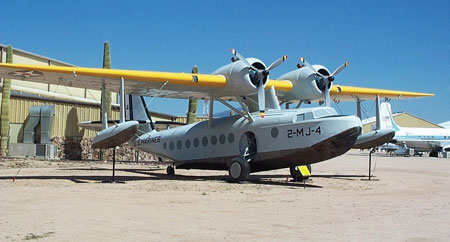INDIAN ARMED FORCES CHIEFS ON OUR RELENTLESS AND FOCUSED PUBLISHING EFFORTS

The insightful articles, inspiring narrations and analytical perspectives presented by the Editorial Team, establish an alluring connect with the reader. My compliments and best wishes to SP Guide Publications.

"Over the past 60 years, the growth of SP Guide Publications has mirrored the rising stature of Indian Navy. Its well-researched and informative magazines on Defence and Aerospace sector have served to shape an educated opinion of our military personnel, policy makers and the public alike. I wish SP's Publication team continued success, fair winds and following seas in all future endeavour!"

Since, its inception in 1964, SP Guide Publications has consistently demonstrated commitment to high-quality journalism in the aerospace and defence sectors, earning a well-deserved reputation as Asia's largest media house in this domain. I wish SP Guide Publications continued success in its pursuit of excellence.
- A leap in Indian aviation: Prime Minister Modi inaugurates Safran's Global MRO Hub in Hyderabad, Calls It a Milestone
- All about HAMMER Smart Precision Guided Weapon in India — “BEL-Safran Collaboration”
- India, Germany deepen defence ties as High Defence Committee charts ambitious plan
- True strategic autonomy will come only when our code is as indigenous as our hardware: Rajnath Singh
- EXCLUSIVE: Manish Kumar Jha speaks with Air Marshal Ashutosh Dixit, Chief of Integrated Defence Staff (CISC) at Headquarters, Integrated Defence Staff (IDS)
- Experts Speak: G20 Summit: A Sign of Global Fracture
Commercial Aviation - Criss Crossing The Globe

It would hardly be an exaggeration to state that the entire edifice of early commercial aviation rested on air mail—millions and millions of letters, packets and parcels, which were generally subsidised by governments. Passengers were merely a means to shore up the meagre income of the air mail companies. A vast majority of passenger airlines, launched by the score, sank without a trace due to the losses they incurred.
No wonder then that till the end of the 1920s air travel was a slow, uncomfortable, messy affair. Passengers were tossed around, by the weather as well as the airlines, like mail sacks. The two most comfortable aircraft of the period, the Ford Trimotor 5AT and the Boeing Model 80, had fairly primitive facilities. The Tri-motor could touch about 6,000 ft, but its climb was excruciatingly slow. It would surge upward, level off, bump around and sink repeatedly before reaching cruising altitude. With no air circulation system, its ambience was made even more unpleasant by the smell of hot oil and metal, leather seats and disinfectants used to clean up after airsick passengers. And there were plenty of those! The Boeing was slightly more appealing, equipped with forced-air ventilation, and could reach a little higher, around 14,000 ft. However, no plane could climb high enough to escape turbulence and passengers were at risk of suffering from either spilled coffee or airsickness.
WOOING TRAVELLERS
In 1936, the Douglas DC-3 Dakota, which made a lasting impression during World War II, was introduced. Its speed and range revolutionised air transport and more than 16,000 DC-3s were built; a few hundred are still operational. With a soundproof cabin and ventilation ducts, it had upholstered seats mounted on rubber and padded armrests apart from further reduced noise and vibration. It could also fly at an altitude of around 20,000 ft, considerably reducing troublesome turbulence. Naturally, passenger numbers surged.
Some early airlines employed male crew members, usually teenagers or short men, to load up the luggage, reassure nervous passengers and assist people around. But on May 15, 1930, Ellen Church, a registered nurse, persuaded Boeing Air Transport that nurses were best suited to tend to ailing passengers. Boeing, therefore, introduced the first female flight attendants, or air stewardesses, who made passengers comfortable, offering them water, a sandwich and sometimes chewing gum to help relieve ear discomfort.





